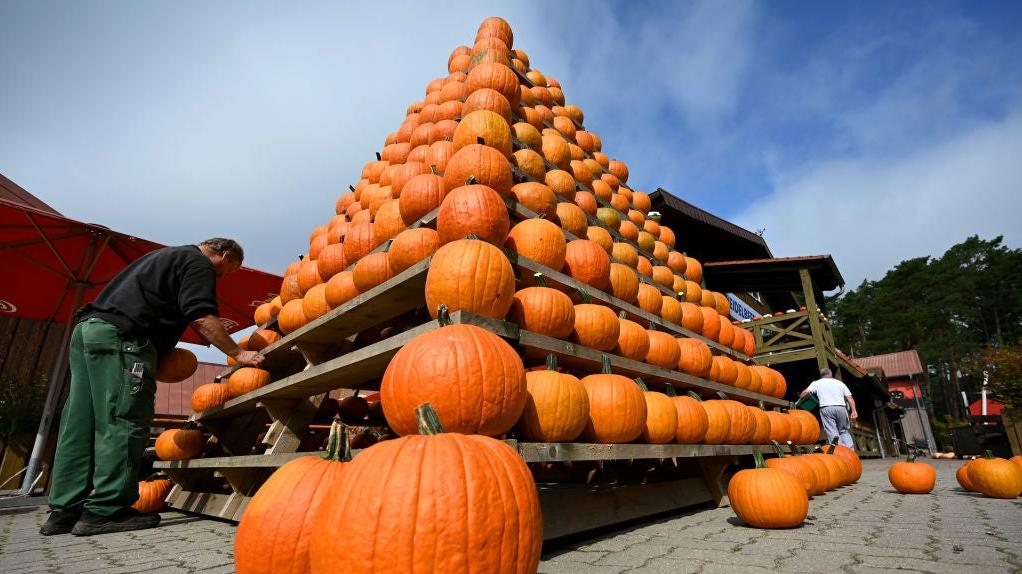Data Proves Customers DGAF If Pumpkin Spice Season Starts "Too Early"
No matter how hot the weather is, Americans are always ready to pumpkin spice up their lives
It is the day after Labor Day, and yet we here at The Takeout have already written about the extended Pumpkin Spiceiverse ten times. Does that seem excessive? To the uneducated eye, perhaps. However, as a bona fide pumpkin spice professional I assure you that we have barely waded into the cinnamon-dusted waters, and there shall be much more pumpkin-ing in our collective futures. Why? Because regardless of snarky comments, complaints, and subtly misogynistic jokes about "basic-ness," deep down, you people can't freaking get enough of the pumpkin spice flavor profile, and yes, there are billions of dollars' worth of receipts to back this up.
Starbucks' business has steadily improved since the COVID-19 pandemic first laid waste to commuters' coffee routines. In February the company reported that customer visits were down over 20% when compared to the same period in 2019, but by May many locations had mostly recovered. Data compiled by analytics firm Placer.ai shows that after the chain's iconic Pumpkin Spice Latte returned to the menu on August 23— which, according to many of the internet's most vocal pumpkin pundits, was "too early"—customer visits were up 3.5% when compared to the same date in 2019.
More impressively, when compared to data from a few weeks earlier, Starbucks' saw a a 12.2% increase in customer traffic during the first four days of PSL season. Make fun of Pumpkin Spice Lattes all you want, but much like Shakira's hips, the numbers don't lie.
Knowing what the people obviously want, Dunkin' also threw its hat into the pumpkin spice ring early this year, introducing its own version of the PSL on August 18th; when compared to customer data from 2019, the advent of pumpkin season delivered an 8.4% increase in customer traffic to Dunkin'. One can only imagine what those numbers will balloon to once the weather cools to "acceptable" pumpkin spice consumption temperatures.
